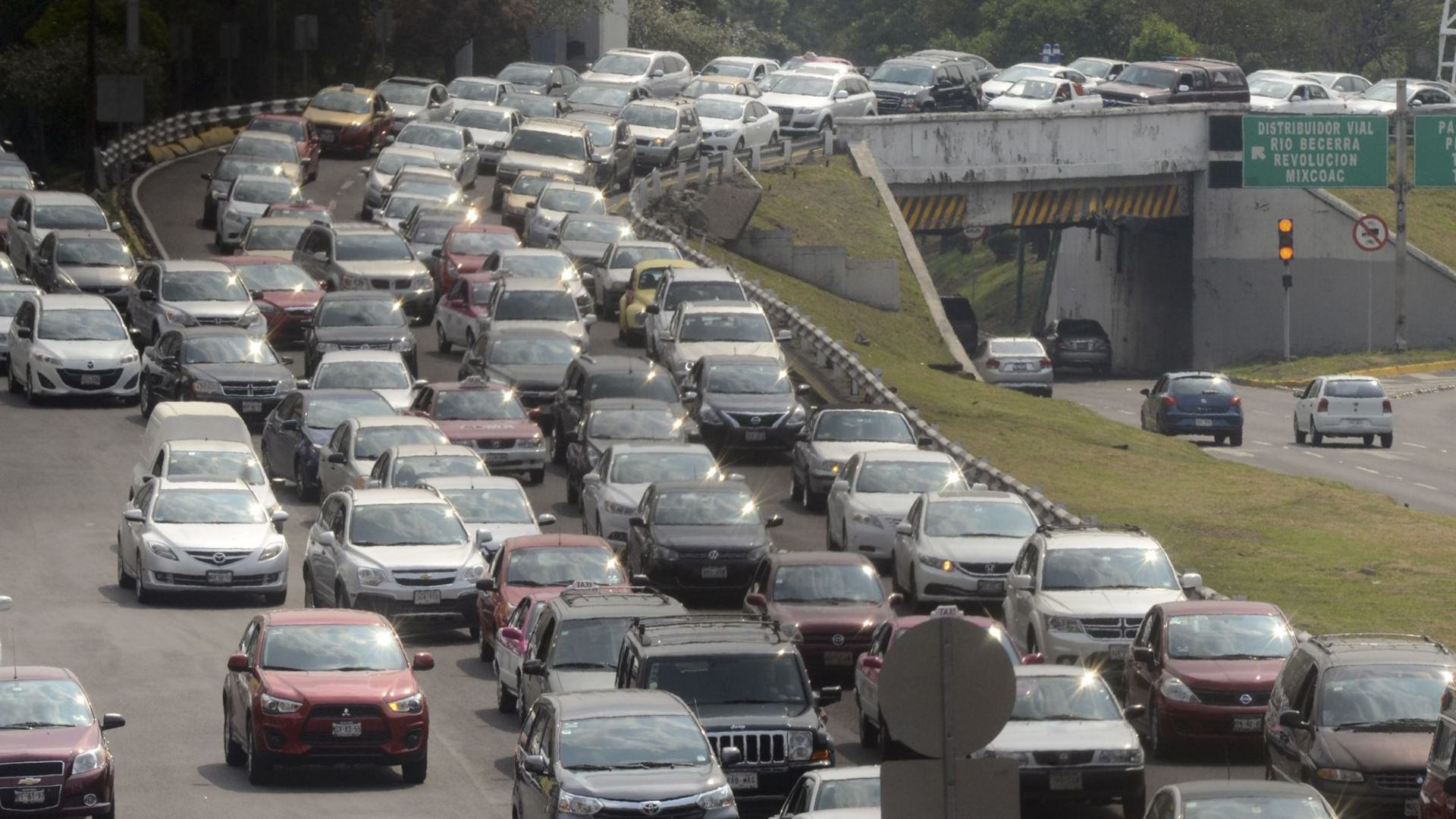
On Tuesday, April 5, the Senate of the Republic approved the General Law on Mobility and Road Safety (LGMSV), whereby new measures and changes to local regulations in this area will be implemented, which will affect all Mexicans, since this new law that standardizes the criteria for circulation will impact people with private vehicles, carriers, people using public transport and pedestrians.
With a unanimous demonstration of 102 votes in favour, this new law was generally adopted; likewise, with a vote of 90 in favour and eight against, it was adopted in particular together with the reserved articles of the opinion. Now, all that remains is for the Official Gazette of the Federation (DOF) to publish the Law for it to enter into force and to have standardized criteria throughout Mexico to be able to circulate correctly.
The initiative was launched after different parliamentary factions will promote Open Parliament forums in the Chamber of Deputies, this in order to hear different voices related to road safety: companies, authorities, experts, transporters, vulnerable groups and bereavers of victims of road accidents, in such a way that the construction of this project had different aspects in which the link between civil society and the legislature was decisive.

Among the participants in the forums, the Nuevo León Chamber of Transformation Industry (Caintra), the Confederation of Industrial Chambers of the United Mexican States (Concamin) and the National Association of Private Transport (ANTP) stand out. Now, it was approved that throughout Mexico at least the following six standards are met:
1.-The obligation to carry driving licenses or permits.
2.- Speed limits (30 km/h on streets, 50 km on controlled access avenues, 80 km in central lanes 110 km on federal roads), Children under 12 years old must travel in child seats.
3.- Use of helmets on motorcycles.
4.- Prohibition of the use of telephony and electronic devices.
5.- Application of breathalyzers.
6.- Application of a driving test that accredits theoretical and practical knowledge.

The trade recognizes the right to mobility as the right of everyone to move and to have an integral system of mobility of quality, sufficient and accessible that, in conditions of equality and sustainability, allows the movement of people, goods and goods, which must contribute to the exercise and guarantee of other human rights, so that people will be at the center of the design and development of plans, programs, strategies and actions in this area.
It also defines road safety as the set of measures, rules, policies and actions adopted to prevent traffic accidents and reduce the risk of injuries and deaths as a result of such accidents.
It also prioritizes the displacement of people, particularly vulnerable groups, as well as goods and goods, based on the hierarchy of mobility, in order to reduce negative social, inequality, economic, health and environmental impacts, as well as reduce deaths and serious injuries caused by road accidents.
Finally, it defines the coordination mechanisms of the authorities of the three levels of government and society in the area of mobility and road safety; it promotes and promotes awareness, training and culture of mobility and road safety, which allow the full exercise of this right.
KEEP READING:
Últimas Noticias
Debanhi Escobar: they secured the motel where she was found lifeless in a cistern
Members of the Specialized Prosecutor's Office in Nuevo León secured the Nueva Castilla Motel as part of the investigations into the case

The oldest person in the world died at the age of 119
Kane Tanaka lived in Japan. She was born six months earlier than George Orwell, the same year that the Wright brothers first flew, and Marie Curie became the first woman to win a Nobel Prize

Macabre find in CDMX: they left a body bagged and tied in a taxi
The body was left in the back seats of the car. It was covered with black bags and tied with industrial tape
The eagles of America will face Manchester City in a duel of legends. Here are the details
The top Mexican football champion will play a match with Pep Guardiola's squad in the Lone Star Cup

Why is it good to bring dogs out to know the world when they are puppies
A so-called protection against the spread of diseases threatens the integral development of dogs



